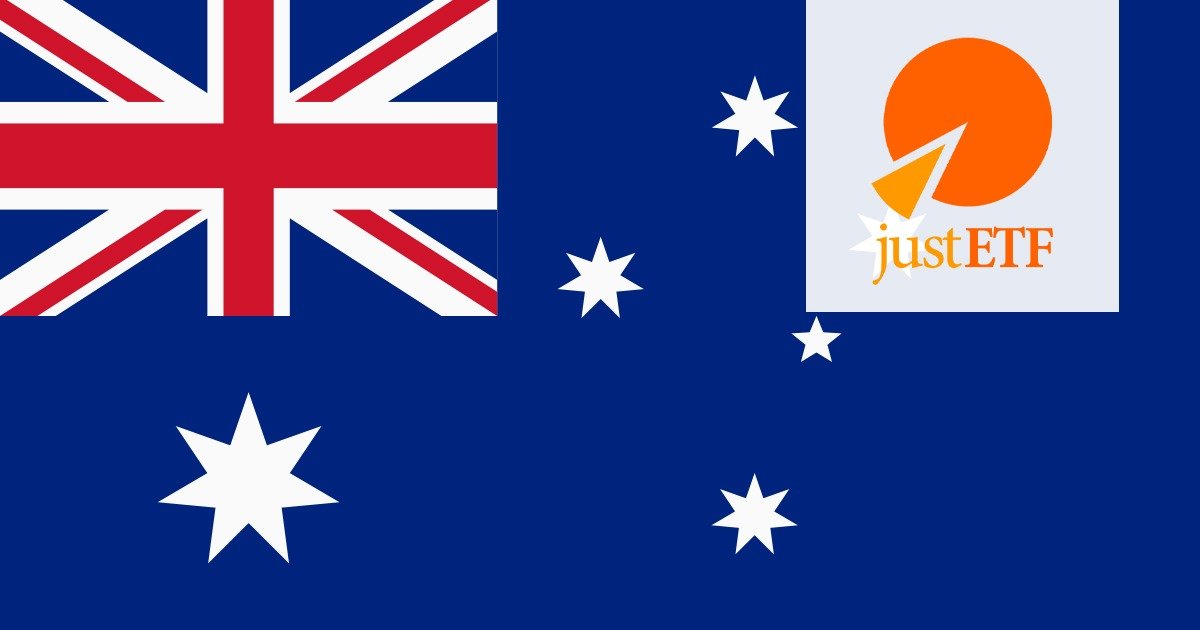Comparison of Low-Cost Index Funds in Australia
Low-cost index funds have become increasingly popular among Australian investors for several compelling reasons. First and foremost, these funds offer a straightforward, cost-effective way to gain broad exposure to the stock market. By tracking specific indices such as the ASX 200 or ASX 300, they provide instant diversification across numerous sectors and companies, mitigating the risk associated with investing in individual stocks.
The passive management style of these funds translates to significantly lower fees compared to actively managed funds, where managers continuously buy and sell assets in an attempt to outperform the market.
Benefits of Low-Cost Index Funds
One of the most significant advantages of low-cost index funds is their low expense ratios. These reduced fees mean that a larger portion of the investor’s money remains invested, potentially compounding over time to deliver higher returns. Additionally, the simplicity of these funds makes them an attractive option for both novice and experienced investors. Unlike actively managed funds, which require in-depth research and constant monitoring, index funds require minimal maintenance.
Investors can simply “set it and forget it,” confident that their investment will mirror the performance of the chosen index.
Performance and Risk Management
While low-cost index funds are not immune to market volatility, they offer a level of stability and predictability that can be reassuring, especially for long-term investors. The diversification inherent in these funds helps to spread risk across a wide array of assets. This reduces the impact of poor performance from any single investment.
Historical data shows that over extended periods, index funds often outperform the majority of actively managed funds, primarily due to their lower costs and the challenge for active managers to consistently beat the market.
Selecting the Right Index Fund
Choosing the right low-cost index fund involves several considerations. Investors should look at the specific index the fund tracks to ensure it aligns with their investment goals and risk tolerance. The fund’s expense ratio is another critical factor; even small differences in fees can significantly impact long-term returns. Additionally, the fund’s historical performance, while not a guarantee of future results, can provide insights into its reliability and efficiency in tracking its benchmark.
By carefully evaluating these factors, investors can select an index fund that best suits their financial objectives and maximizes their potential for growth.
Top Low-Cost Index Funds in Australia
Vanguard Australian Shares Index ETF (VAS)
The Vanguard Australian Shares Index ETF (VAS) is a popular choice among investors seeking exposure to the Australian stock market. It tracks the ASX 300 index, providing broad coverage of the Australian equities market. With a low management fee and a history of consistent returns, VAS is a reliable option for long-term investors.
BetaShares Australia 200 ETF (A200)
The BetaShares Australia 200 ETF (A200) tracks the performance of the ASX 200 index, which includes Australia’s top 200 companies by market capitalization. This fund offers investors diversified exposure to large-cap Australian stocks at a competitive cost. Its low expense ratio makes it an attractive choice for cost-conscious investors.
iShares S&P/ASX 200 ETF (IOZ)
The iShares S&P/ASX 200 ETF (IOZ) is designed to replicate the performance of the S&P/ASX 200 index, comprising Australia’s leading 200 companies. IOZ provides investors with exposure to a diverse range of sectors within the Australian market. Its low management fee and liquidity make it a popular option for passive investors.
Comparing Key Features
| Fund | Management Fee | Index Tracked | Assets Under Management (AUM) | Performance History |
|---|---|---|---|---|
| Vanguard Australian Shares | 0.10% p.a. | ASX 300 | $XX billion | Consistent |
| BetaShares Australia 200 | 0.07% p.a. | ASX 200 | $XX billion | Competitive |
| iShares S&P/ASX 200 | 0.09% p.a. | S&P/ASX 200 | $XX billion | Reliable |
Performance Comparison
When comparing the performance of these low-cost index funds, it’s essential to consider factors such as historical returns, volatility and tracking error. While past performance is not indicative of future results, it can provide insights into the fund’s consistency and ability to track its benchmark effectively.
Over the past five years, all three funds have delivered competitive returns, closely mirroring their respective indices. However, investors should note that fluctuations in the market can impact short-term performance, emphasizing the importance of a long-term investment horizon when considering index funds.
Factors to Consider When Choosing an Index Fund
- Cost: Compare management fees, expense ratios and other costs associated with the fund.
- Index Tracked: Ensure the fund tracks an index that aligns with your investment goals and risk tolerance.
- Diversification: Evaluate the fund’s holdings to ensure adequate diversification across sectors and asset classes.
- Liquidity: Consider the fund’s trading volume and liquidity, especially if you plan to buy or sell frequently.
- Historical Performance: Review the fund’s historical returns and performance consistency over different market conditions.
FAQs about Low-Cost Index Funds in Australia
Are low-cost index funds suitable for beginners?
Low-cost index funds are often recommended for beginners due to their simplicity and diversified nature.
How do index funds differ from actively managed funds?
Index funds passively track a specific index, while actively managed funds rely on a fund manager’s expertise to select investments.
What are the tax implications of investing in index funds?
Index funds typically have lower turnover, resulting in fewer capital gains distributions and potential tax advantages.
Can I invest in low-cost index funds through a Self-Managed Super Fund (SMSF)?
Yes, many low-cost index funds are available for investment through SMSFs, providing diversification within a retirement portfolio.
Do index funds guarantee returns?
No, index funds do not guarantee returns as they are subject to market fluctuations. However, they aim to replicate the performance of their underlying index.
Are there any risks associated with investing in index funds?
While index funds offer diversification, they are still exposed to market risk and fluctuations in the underlying index.
Can I switch between index funds easily?
Yes, investors can typically switch between index funds within the same provider or platform with ease.
What is the difference between an ETF and a traditional index fund?
ETFs (Exchange-Traded Funds) are traded on stock exchanges like individual stocks, while traditional index funds are bought and sold based on their net asset value at the end of the trading day.
Do index funds pay dividends?
Yes, index funds distribute dividends from the underlying securities held in the fund to investors.
How can I monitor the performance of my index fund investment?
Investors can track their index fund’s performance through regular updates from the fund provider or platform, along with market research tools.
By understanding the key features, benefits and considerations of low-cost index funds in Australia, investors can make informed decisions to build a diversified and cost-effective investment portfolio aligned with their financial goals.



